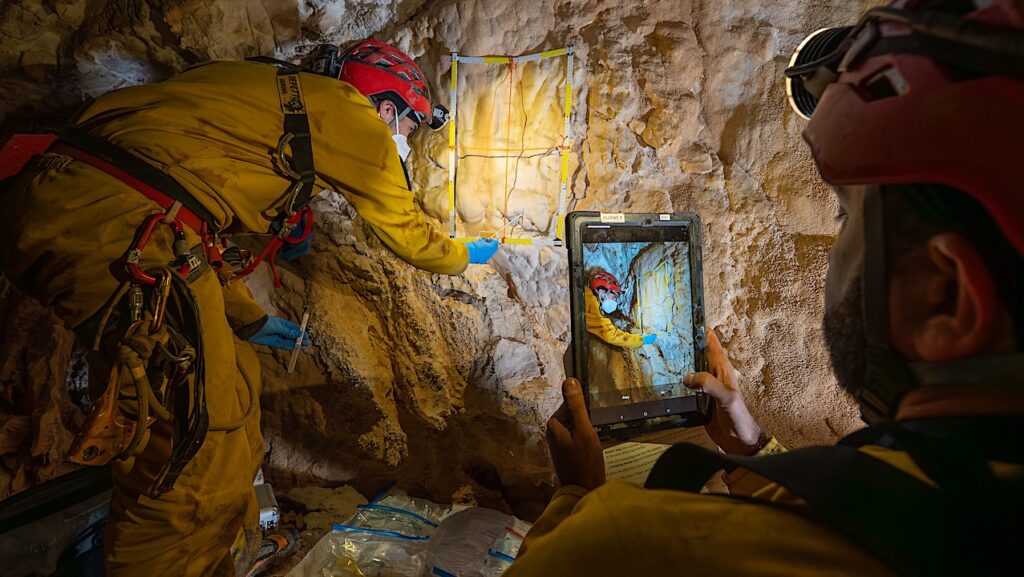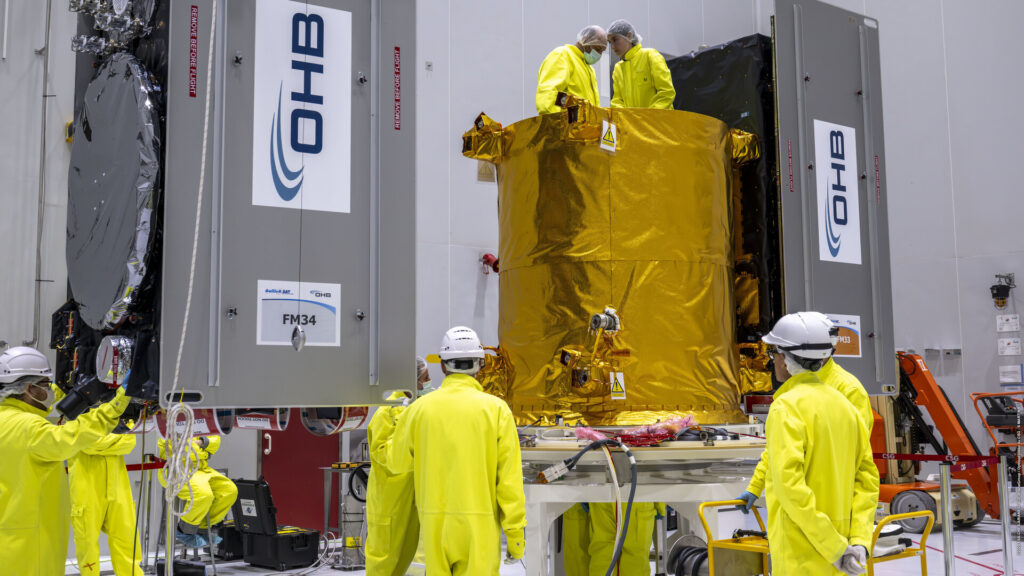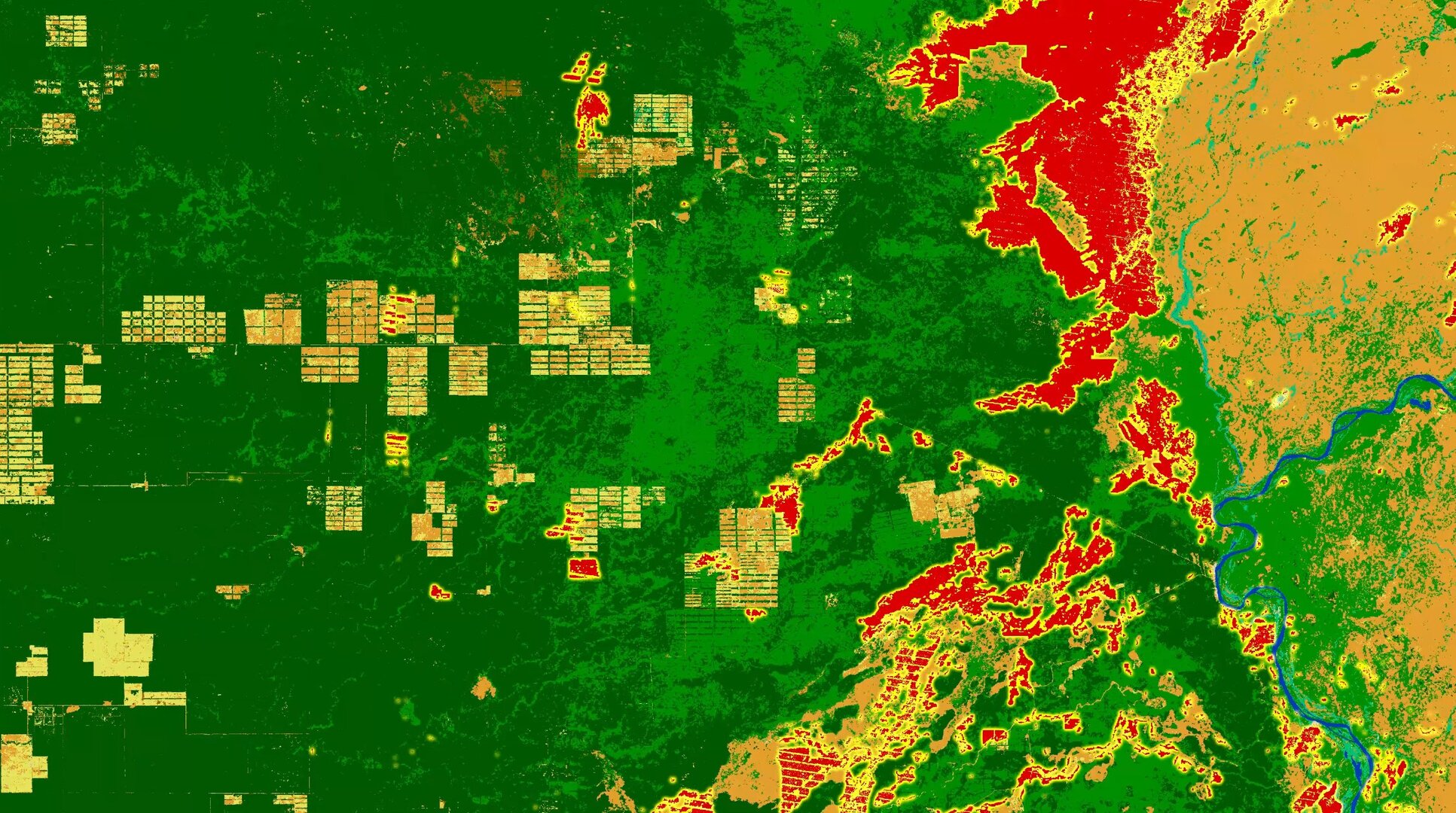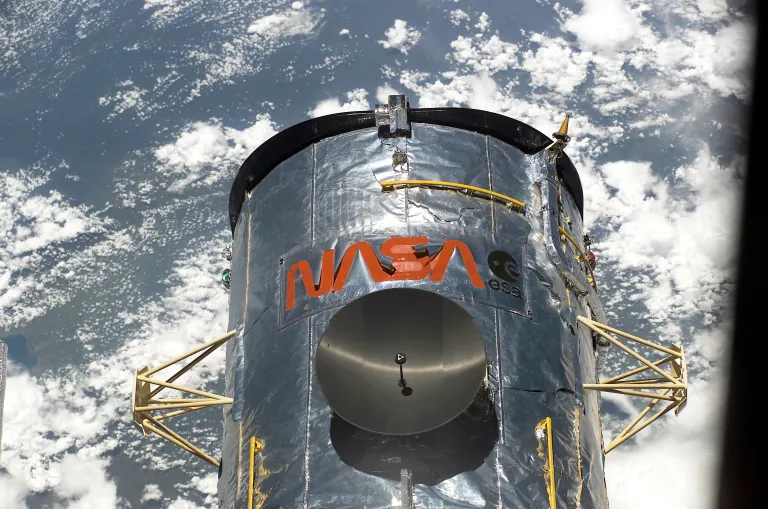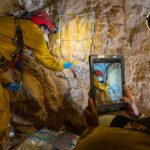Now Reading: Earth tones on Mars
-
01
Earth tones on Mars
Earth tones on Mars


26/06/2025
387 views
14 likes
The European Space Agency’s Mars Express has captured a swirl of colour on the Red Planet, with yellows and rust-oranges meeting deep reds and browns. Lurking within this martian palette are not one but four dust devils, each snaking their way across the surface.
This region of Mars is named Arcadia Planitia. It’s an exciting one: it lies just northwest of the colossal Tharsis volcanic province, home to the tallest volcanoes in the entire Solar System, and is thought to host near-surface water ice, making it a possible landing site for future missions to the Red Planet.
Arcadia Planitia is reasonably flat and largely covered in old, solidified lava flows that are three billion years old at most. This image, captured by Mars Express’s High Resolution Stereo Camera (HRSC), shows the eastern part of the plain, and highlights a whole host of fascinating features.
Out of focus?
At first glance, this image may look a little blurry. While not the case, your eyes aren’t deceiving you! The air here is full of tiny particles that have been swept up and grabbed by passing winds, creating a sort of haze that makes everything seem a little out of focus. Wind plays an important role on Mars, constantly reshaping the landscape as it carries sand from one place to another.
This is especially evident here. The reddish upper part of the image is covered in streamlined rocky ridges known as ‘yardangs’, intriguing features that have been seen before by Mars Express. These ridges were carved from surface rock by sand and dust whipped up by martian wind. They resemble small clusters of parallel scratches scattered across the surface.
The yardangs sit near to a much larger curved boundary that sweeps across the frame and slices this image roughly in two. On the other side of this arc the terrain is darker; the varied colours seen here are likely due to mixes of different materials – with the reddish ground being full of iron, and the darker ground rich in silicates – and the properties of the sand particles themselves (such as density, roughness, and size, which affect where and how grains accumulate across Mars).
Whirlwinds of dust
Although Mars is a very different world to our own, we often see similar phenomena there – one example being dust devils, which are typically found in dry desert landscapes here on Earth.
On Mars, these short-lived, fast-moving dust tornadoes regularly snake their way across the planet’s broad plains. They form as Mars’s surface becomes hot in the afternoon and warms the air layers sitting just above it, causing air to rise, creating a vortex, and dragging dust and sand up with it. We’ve spotted especially large dust devils lasting on Mars for over an hour, although many smaller ones can fizzle out in just a few minutes.
While similar in many ways, martian dust devils are far larger than those found on Earth due to the more extreme temperature differences on our neighbouring planet. They can move as fast as 45 m/s and tower up to 8 km high (not far off the height of Mount Everest).
This HRSC image shows four dust devils, visible as small bright spots with trailing pinkish shadows (see labelled image). The shadows are a result of the dust devils moving rapidly while the image was captured.
Possible water
Last but not least, to the bottom right of the frame lies a large impact crater measuring some 15 km across. The crater is surrounded by layered lobes of material surrounding outwards from the impact zone – a telltale sign that the ground here contained a lot of water ice at the time of the impact.. As the crater is pretty intact and hasn’t been significantly eroded, the impact likely happened relatively recently in geological terms.
The possible presence of water on Mars is always fascinating. Models of Mars’s climate suggest that water ice could have extended all the way down to the mid-latitudes of Mars in the planet’s recent history, rather than being confined to the poles as it is now. As a result, water ice can be found in several of these regions even today, lying pretty close to the surface (at depths of one metre or less). This makes regions such as Arcadia Planitia areas of interest in our hunt for martian water, and the plain has in fact been proposed as a possible landing site for future robotic and crewed missions to the planet.
ESA’s Mars Express has been capturing and exploring Mars’s many landscapes since it launched in 2003. The orbiter has mapped the planet’s surface at unprecedented resolution, in colour, and in three dimensions for over two decades now, returning insights that have drastically changed our understanding of our planetary neighbour (read more about Mars Express and its findings here).
Notes for editors
The Mars Express High Resolution Stereo Camera (HRSC) was developed and is operated by the German Aerospace Center (Deutsches Zentrum für Luft- und Raumfahrt; DLR). The systematic processing of the camera data took place at the DLR Institute of Planetary Research in Berlin-Adlershof. The working group of Planetary Science and Remote Sensing at Freie Universität Berlin used the data to create the image products shown here.
For more information please contact:
ESA Media Relations, media@esa.int
Stay Informed With the Latest & Most Important News
Previous Post
Next Post
-
 012024 in Review: Highlights from NASA in Silicon Valley
012024 in Review: Highlights from NASA in Silicon Valley -
 02Panasonic Leica Summilux DG 15mm f/1.7 ASPH review
02Panasonic Leica Summilux DG 15mm f/1.7 ASPH review -
 03How New NASA, India Earth Satellite NISAR Will See Earth
03How New NASA, India Earth Satellite NISAR Will See Earth -
 04From Polymerization-Enabled Folding and Assembly to Chemical Evolution: Key Processes for Emergence of Functional Polymers in the Origin of Life
04From Polymerization-Enabled Folding and Assembly to Chemical Evolution: Key Processes for Emergence of Functional Polymers in the Origin of Life -
 05And Thus Begins A New Year For Life On Earth
05And Thus Begins A New Year For Life On Earth -
 06Astronomy Activation Ambassadors: A New Era
06Astronomy Activation Ambassadors: A New Era -
07SpaceX launch surge helps set new global launch record in 2024












